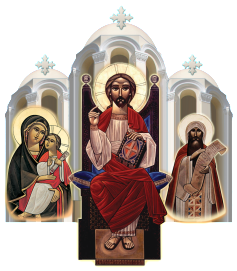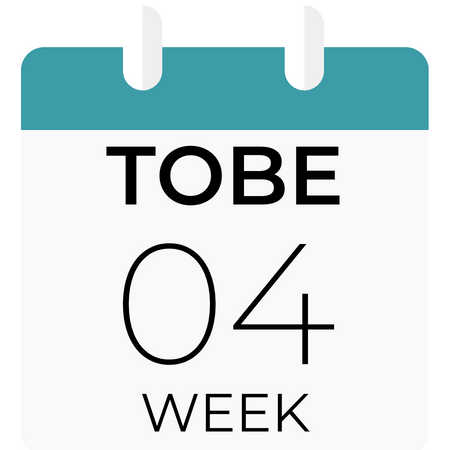Jesus Heals a Man Born Blind
On this blessed Fourth Sunday of the month of Tobe, the Church reads John 9:1-38 (These Bible verses are read also at the 6th week during Lent).
In these verses, Jesus and His disciples encounter a man who was born blind. The disciples ask whether his blindness is a punishment for his sins or the sins of his parents. Jesus explains that man’s blindness serves a greater purpose—to reveal the glory of God in his life (John 9:1-5). Jesus then makes mud, anoints the man’s eyes, and instructs him to wash in the Pool of Siloam. Upon doing so, the man miraculously gains his sight ((John 9:6-7).
His neighbors and the Pharisees, in disbelief, repeatedly interrogate both him and his parents. Despite their questioning, the man persistently testifies that he was blind, and that Jesus healed him. Consequently, the Pharisees cast him out of the temple (John 9:8-34). Later, Jesus approaches him and asks if he believes in the Son of Man. Upon realizing that Jesus is the one who restored his sight, he proclaims, “Lord, I believe” John 9:37-38).
There are many takeaways from this passage, but we will focus on the following three.
1. The Purpose of Christ’s Coming
Father Tadros Malaty reflects on this passage, emphasizing that Christ came into the world for our salvation—to “open the inner sight so that believers could comprehend the mysteries of God.” However, those who were spiritually blind, like the Pharisees, remained in their darkness. When the Pharisees cast out the man born blind from the temple (John 9:34), they also rejected Christ from their hearts. They ignored His proclamation in the previous chapter: “I am the light of the world. Whoever follows me will not walk in darkness but will have the light of life.” (John 8:12)
2. Jesus as Fully Human and Fully Divine
This miracle also affirms the dual nature of Christ—His full humanity and full divinity. In John 9:5-7, Jesus declares: “As long as I am in the world, I am the light of the world.” Having said this, He spits on the ground, makes mud, anoints the man’s eyes, and tells him to wash in the Pool of Siloam. The man obeys and gains his sight.
Father Tadros Malaty comments on this, stating: “The Lord used clay to create the eyes of the man. This serves as a confirmation that He is the Creator and Savior.” By asking the blind man to wash in the Pool of Siloam, Jesus highlights the significance of baptism, which allows believers to receive the Light of the Holy Spirit through spiritual rebirth. Though the Jews rejected the healed man, he found true acceptance in Christ, who is the Messiah of the rejected and despised.
3. Jesus as the Creator
The healing of the blind man parallels the creation of humanity. In Genesis 2:7, it is written: “Then the Lord God formed the man of dust from the ground and breathed into his nostrils the breath of life, and the man became a living creature.”
Just as God formed man from dust, Jesus healed the blind man using dust and saliva, proving His divine authority as the Creator and the Savior.
Final Reflection
This Gospel reading offers many lessons, but above all, it reveals Christ’s divine mission—to open the eyes of believers to the truth of His presence and His mysteries. Those who seek the light will find it in Him, while those who remain stubborn in their unbelief, like the Pharisees, will continue in their darkness. May the Lord continue to open the eyes of all believers and lead those who are still in spiritual blindness into His glorious light.
Sources
- John 9:1-38 ESV – Jesus Heals a Man Born Blind – Bible Gateway
- Commentaries on the Gospel of St. John – Father Tadros Malaty

